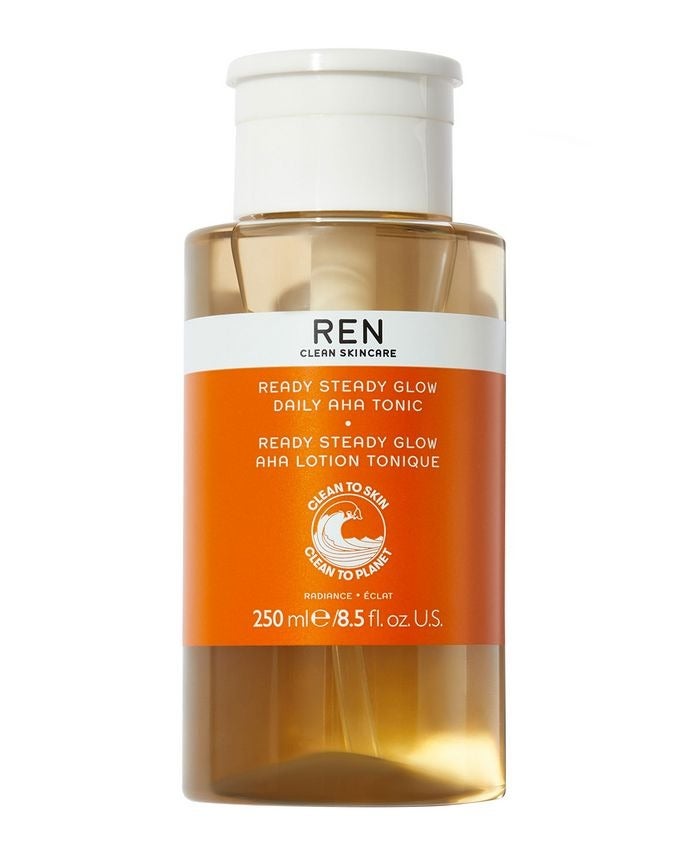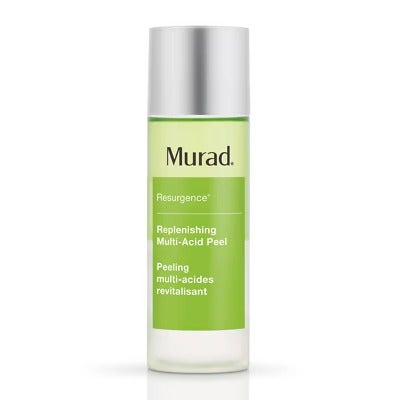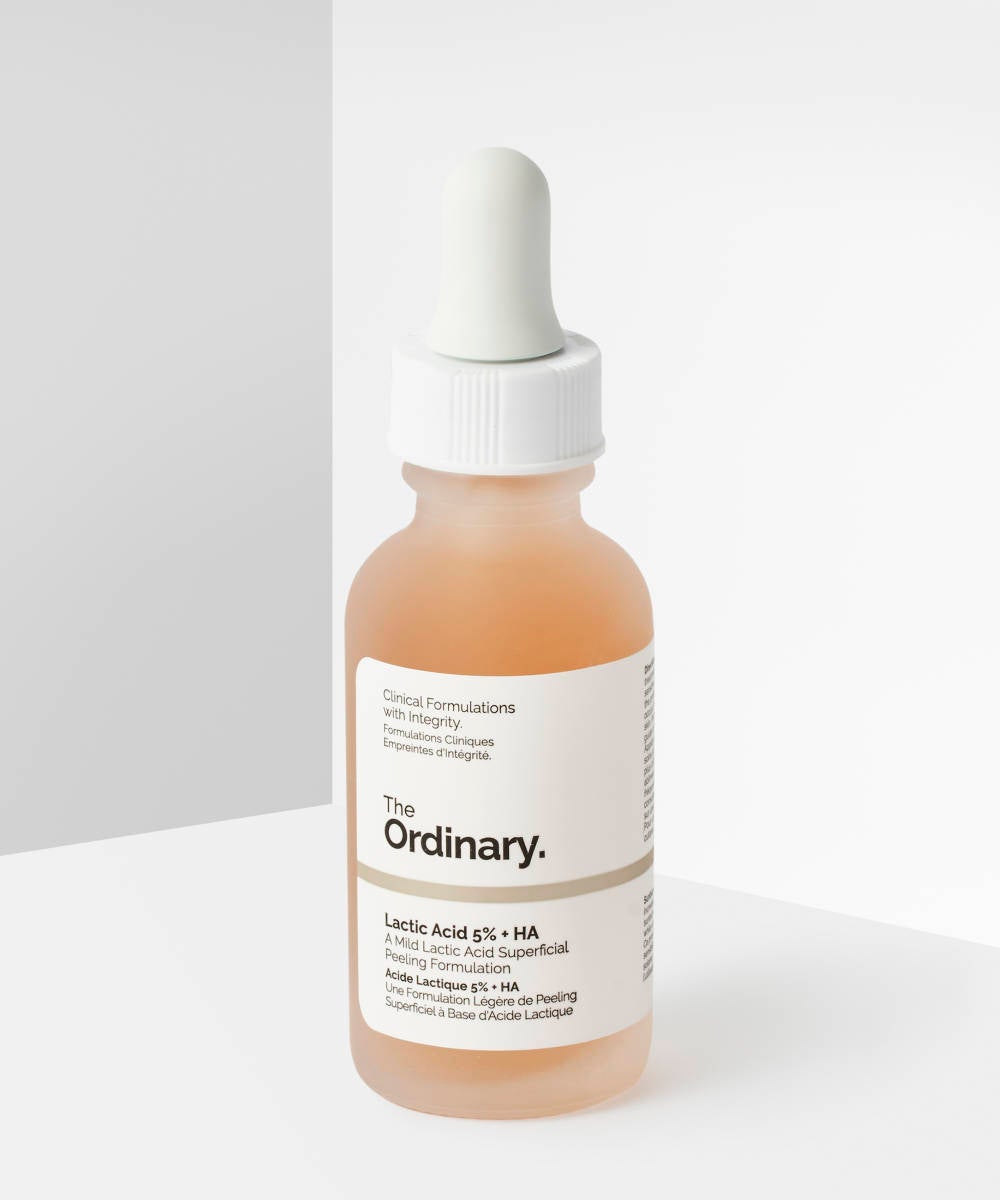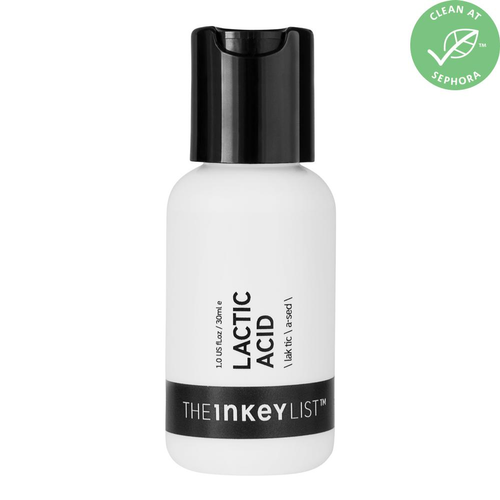Lactic Acid Is The Affordable Ingredient Delivering Naturally Glowing Skin
Photographed by Kate Anglestein
At Refinery29 Australia, we’re here to help you navigate this overwhelming world of stuff. All of our picks are independently selected and curated by the editorial team, but we may earn commission or other compensation from the links on this page.
From glycolic acid to azelaic acid, our skincare products are chock-full of exfoliating ingredients which promise brighter, smoother and clearer skin. But lactic acid is gearing up to be one of the most searched buzzwords of the month and, according to experts, it just might be one of the best.
If you're dealing with spots, uneven skin texture and hyperpigmentation (or dark spots), lactic acid should feature in your skincare routine in some way, and if you have sensitive or reactive skin, it's a much better option than other acids out there, as it's super gentle. So how should you be using lactic acid and what are the best products? Ahead, we asked an expert to share all the facts.
AdvertisementADVERTISEMENT
What is lactic acid and what are the skin benefits?
Lactic acid might conjure up memories of school biology — it's the substance generated by your muscles when you exercise — but it plays a different role in skincare.
"Lactic acid in the world of skincare is renowned for being an alpha hydroxy acid (or AHA) which is great for exfoliation, slowing down signs of ageing and reducing the appearance of superficial scars," says Dr Adil Sarwar, aesthetic doctor and founder of Skin Science. "Lactic acid itself is derived from pickled vegetables or milk but when used topically on the skin, users benefit from an improvement in skin texture and glow," says Dr Sarwar.
It is especially helpful for reducing mild acne and small skin bumps.
How does lactic acid differ from glycolic acid?
Glycolic acid is also an alpha hydroxy acid so it, too, exfoliates the surface of the skin. But there are a handful of differences. "Studies show that long-term use of both glycolic and lactic acid produce similar anti-ageing results, including better hydration, minimising fine lines and wrinkles," says Dr Sarwar. "However, without a doubt, lactic acid is less likely to elicit any skin sensitivity or side effects. This is especially important if you apply it more frequently."
If your skin doesn't react well to glycolic acid (for example increased sensitivity, redness, dry or flaky skin), lactic acid might be a more gentle alternative. It's especially great for acne-prone skin. "The majority of individuals benefit from lactic acid as it is extremely well tolerated," adds Dr Sarwar.
AdvertisementADVERTISEMENT
How do you use lactic acid in skincare?
Over-the-counter products which feature lactic acid vary in concentration but the majority start at 2% and go up to 10%, which is higher in strength. "If you are new to alpha hydroxy acids such as lactic acid, there is no need to jump into the deep end," says Dr Sarwar. "I would recommend starting with skincare at a concentration of 5%, slowly increasing upwards to 10%." Dr Sarwar mentions that lactic acid chemical peels will often start at a higher concentration, but it is not recommended to try these at home. Instead, always consult a dermatologist or skin expert.
For best results, apply lactic acid in the evening rather than the morning, as skincare acids can make skin sensitive to sunlight. It's a good idea to start slowly, using it perhaps two or three times a week.
What are the best lactic acid serums and exfoliators?
The Ordinary's Lactic Acid 5% + HA, $12.40, is the most googled lactic acid serum right now. "The Ordinary is a great brand at an extremely affordable price point," agrees Dr Sarwar. "They are super transparent with their ingredients and their glass bottles have minimal impact on the environment." This particular serum is great for those with mild acne or closed comedones (small, flesh-coloured bumps under the skin) because it unclogs pores and smooths skin texture over time. It is also available in a 10% version, which is double the strength. Apply straight after cleansing in the evening and follow with a lightweight moisturiser of your choice. The Inkey List's Lactic Acid, $20, is very similar in texture. It too contains 10% lactic acid.
AdvertisementADVERTISEMENT
Try REN Clean Skincare Ready Steady Glow Daily AHA Tonic, $29, and Murad Replenishing Multi-Acid Peel, $95, if you want more of a brightening boost.
Are there any side effects of lactic acid?
As lactic acid is quite gentle, Dr Sarwar mentions it is less likely to result in side effects. In general, though, acids can make skin sensitive to sunlight, which could cause irritation, so it's a must to wear a high factor, broad spectrum sunscreen. This will protect your skin against damaging UVA and UVB rays.
Want more? Get Refinery29 Australia’s best stories delivered to your inbox each week. Sign up here!
AdvertisementADVERTISEMENT










